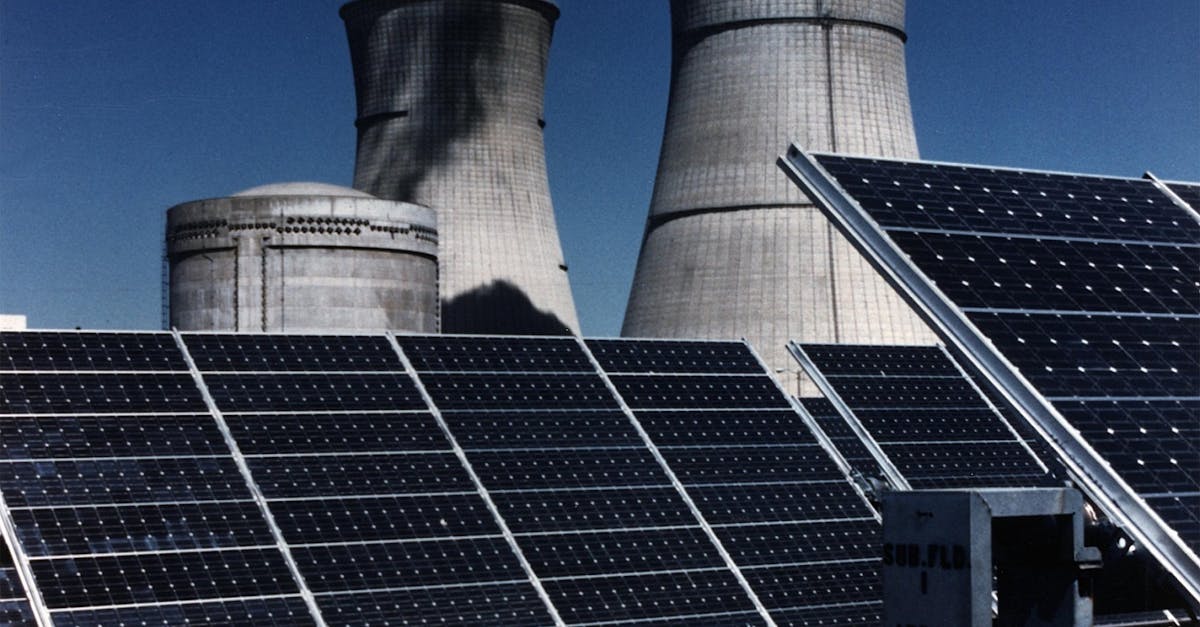Solar company Sunrun stunned Wall Street today as it surged to $19.39, marking a 3.4% change compared to the S&P 500 and the Nasdaq indices, which logged 1.0% and 1.0% respectively. RUN is -44.91% below its average analyst target price of $35.2, which implies there is more upside for the stock.
As such, the average analyst rates it at buy. Over the last year, Sunrun has underperfomed the S&P 500 by 31.0%, moving -16.0%.
Sunrun Inc. engages in the design, development, installation, sale, ownership, and maintenance of residential solar energy systems in the United States. The company is a technology company. Valuations in the technology sector are often very high, as investors are willing to overlook gaps in the fundamentals if they believe a company’s innovations can dominate or create new markets.
Sunrun has a trailing 12 month P/E of 193.9. Unlike its trailing EPS of $0.1, the company's forward EPS is negative at $-0.48 so they do not publish a forward P/E ratio. Calculating it ourselves, we see that RUN has a forward P/E ratio of -40.4.
As of the first quarter of 2023, the average Price to Earnings (P/E) ratio of US technology companies is 27.16, and the S&P 500 average is 15.97. The P/E ratio consists in the stock's share price divided by its earnings per share (EPS), representing how much investors are willing to spend for each dollar of the company's earnings. Earnings are the company's revenues minus the cost of goods sold, overhead, and taxes.
Sunrun's P/E ratio tells us how much investors are willing to pay for each dollar of the company's earnings. The problem with this metric is that it doesn't take into account the expected growth in earnings of the stock. Sometimes elevated P/E ratios can be justified by equally elevated growth expectations.
We can solve this inconsistency by dividing the company's trailing P/E ratio by its five year earnings growth estimate, which in this case gives us a 1.69 Price to Earnings Growth (PEG) ratio. Since the PEG ratio is greater than 1, the company's lofty valuation is not completely justified by its growth levels.
To better understand the strength of Sunrun's business, we can analyse its operating margins, which are its revenues minus its operating costs. Consistently strong margins backed by a positive trend can signal that a company is on track to deliver returns for its shareholders. Here's the operating margin statistics for the last four years:
| Date Reported | Total Revenue ($ k) | Operating Expenses ($ k) | Operating Margins (%) | YoY Growth (%) |
|---|---|---|---|---|
| 2022-12-31 | 2,321,422 | 960,904 | -28.53 | 31.05 |
| 2021-12-31 | 1,609,954 | 910,669 | -41.38 | 17.96 |
| 2020-12-31 | 922,191 | 643,773 | -50.44 | -100.72 |
| 2019-12-31 | 858,578 | 428,489 | -25.13 | n/a |
- Average operating margins: -36.4 %
- Average operating margins growth rate: -3.2 %
- Coefficient of variability (lower numbers indicate less volatility): 32.2 %
Another key to assessing a company's health is to look at its free cash flow, which is calculated on the basis of its total cash flow from operating activities minus its capital expenditures. Capital expenditures are the costs of maintaining fixed assets such as land, buildings, and equipment. From Sunrun's last four annual reports, we are able to obtain the following rundown of its free cash flow:
| Date Reported | Cash Flow from Operations ($ k) | Capital expenditures ($ k) | Free Cashflow ($ k) | YoY Growth (%) |
|---|---|---|---|---|
| 2022-12-31 | -848,793 | -2,011,066 | -2,859,859 | -14.24 |
| 2021-12-31 | -817,186 | -1,686,185 | -2,503,371 | -94.41 |
| 2020-12-31 | -317,972 | -969,675 | -1,287,647 | -23.22 |
| 2019-12-31 | -204,487 | -840,533 | -1,045,020 | n/a |
- Average free cash flow: $-1923974250.0
- Average free cash flow growth rate: -28.6 %
- Coefficient of variability (the lower the better): 46.4 %
If it weren't negative, the free cash flow would represent the amount of money available for reinvestment in the business, or for payments to equity investors in the form of a dividend. While a negative cash flow for one or two quarters is not a sign of financial troubles for RUN, a long term trend of negative or highly erratic cash flow levels may indicate a struggling business or a mismanaged company.
Value investors often analyze stocks through the lens of its Price to Book (P/B) Ratio (its share price divided by its book value). As of the first quarter of 2023, the mean P/B ratio of the technology sector is 6.23, compared to the S&P 500 average of 2.95. The book value refers to the present value of the company if the company were to sell off all of its assets and pay all of its debts today - a number whose value may differ significantly depending on the accounting method. Sunrun's P/B ratio of 0.65 indicates that the market value of the company is less than the value of its assets -- a potential indicator of an undervalued stock.
Since it has an inflated P/E ratio, an exceptionally low P/B ratio, negative cash flows on a downwards trend, Sunrun is likely overvalued at today's prices. The company has poor growth indicators because of a negative PEG ratio and consistently negative margins with a stable trend. We hope you enjoyed this basic overview of RUN's fundamentals. Make sure to check the numbers for yourself, especially focusing on their trends over the last few years.


